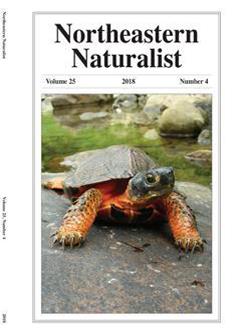How to translate text using browser tools
1 November 2018
Louisiana Waterthrush Density and Productivity in Hemlock-dominated Headwater Streams: The Influence of Stream Morphology
Katie B. Barnes,
Nicholas Ernst,
Michael Allen,
Terry Master ,
Rabecca Lausch
ACCESS THE FULL ARTICLE

Northeastern Naturalist
Vol. 25 • No. 4
December 2018
Vol. 25 • No. 4
December 2018




